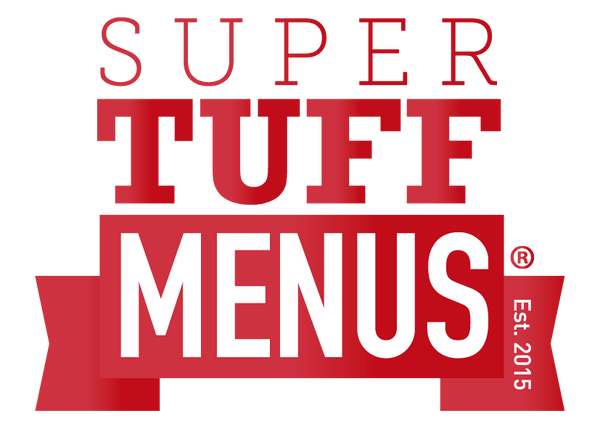Part 3.
Four Ways to Add Value To Your Menu.
Mention Brand Names.
If an ingredient in a dish is supplied by a big brand, whether they’re just well known or high-end, tell your guests about it! By mentioning them in your descriptions it shows that you care about the products you’re selling, in your customers eyes brand names will also add value to your dishes.

Describe the Unfamiliar
Would you order something from a menu with no knowledge of what it was, or what it might taste like?
Neither will your customer.
This is an easy way to alienate people, or even embarrass them. However, there is an easy way around it to keep those exciting ingredients present and encourage guests to order those dishes.Name the ingredient
Describe how the ingredient tastes (briefly!)
Mention the food category
Here’s an example;
..with a nutty, caciocavallo Italian cheese
This is just enough information to allow your guests to make a confident choice. If you have the space, there is no issue in describing a whole dish;
Shakshuka- Farm eggs baked in a sauce of sweet tomatoes, spicy chillies and smokey cumin

Tell the Story
We’ve already talked about the “sell copy”; how you generate interest in menu items. Well Gregg feels that an ingenious way to do this is through providing backstory.
This history can be related to the recipe, the origin of the ingredients or the dish itself. The best place to start is with your chef (or mixologist if you’re talking cocktails!). You don’t need to take up much of their time, but chances are they’ll be able to give you sweet little details you wouldn’t have thought about.
Let’s have a look.
Grandma Peggy’s Soup- Roasted sweet and maris piper potatoes, with home grown leeks, carrots and onions. With that added fiery personality of Peggy; ginger and smoky paprika.
South Street Chicken Wings- Peach chipotle barbecue sauce smothered chicken wings. A summertime favourite of our Head Chef Wayne’s childhood in Tennessee.
Adding backstory gives your menu personality and almost makes it relatable- nostalgia is a powerful tool! This method works just as well for a high-end restaurant as it does for a fast food chain.
It’s critical that all of your servers are in the know about your backstories, if you’re asked questions you don’t want to seem disingenuous. This will also allow them to be more confident when suggesting items and can build great rapport with customers.

WARNING! Approach with caution!
Using photographs on your menu is a way of visually describing your dishes. Some guests like them because a quick scan will suffice and they don’t need to do any reading at all. When used sparingly, they are capable of significantly increasing the sales of an item.
That said, using photographs is dangerous territory. Pictures tend to cheapen a menu, this limits your pricing flexibility. It’s also important to remember that if you use a professional food photographer your guests are expecting that item to look exactly that way every single time.
You don’t want to advertise something that’s more perfect than reality.

